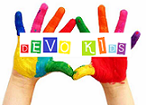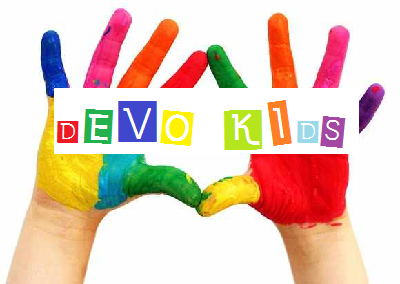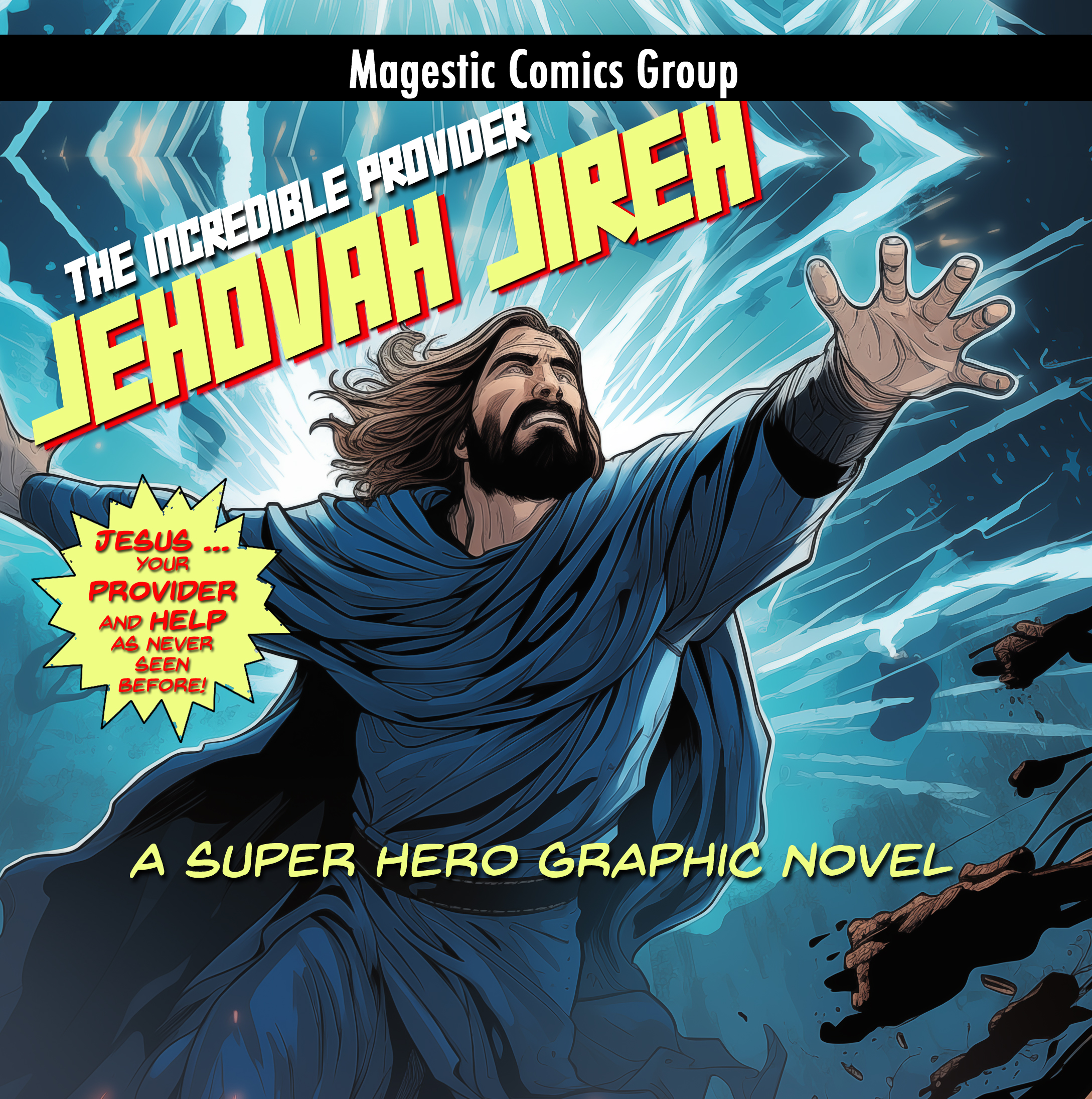Say What? Writing Good Dialogue

Chances are, if you’re writing a story that involves more than one character, they’re going to have something to say. When two or more characters are speaking to each other, it’s referred to as “dialogue.” You can write dialogue, dialogue with a friend or get a dialogue going – in other words, say something!
Including good dialogue in your story involves more than just casual conversation, however. For example, suppose two of your characters meet at the mall. Their conversation could go something like this:
“Hey,” said Tammy.
“Hey,” answered Julie.
“What’s up?” Tammy asked.
“Nothin’ much,” said Julie.
“Later,” said Tammy.
“See you,” answered Julie.
Now, while this may sound like an actual dialogue you heard recently, it doesn’t do much for your story and will not interest your reader. Instead, the dialogue you write should serve a purpose. Good dialogue will tend to do at least one of three things:
- Tell the reader more about the characters
- Move the plot of your story forward
- Add tension to the scene
Here are those same two friends meeting in the mall:
“Hey, Julie. What are you doing here? I thought you had to be at work at 4:00,” said Tammy.
“Not anymore,” Julie answered, lowering her eyes. “I was fired yesterday. No more Puppy Palace for me.”
“What? But you loved that job! What happened?” Tammy asked.
“I was cleaning the kennels, just like I do every day, when Mrs. Harris walked in,” Julie said.
“Uh, oh.”
“I know,” Julie agreed. “I’m not sure why, but she’s got it in for me. Next thing I know, she’s whispering something to the manager. Then he comes over to me and says I can go home.”
“What are you going to do?” Tammy asked.
Julie glanced around nervously. “Mom said I couldn’t lose another job. I don’t know what I’m going to do.”
There’s a lot going on for the reader in this conversation. We learn that Julie likes animals and enjoyed working at the Puppy Palace. We learned that she was just fired from her job and that she’d been fired from previous positions. We learned that Mrs. Harris and Julie have an unpleasant history and that somehow Mrs. Harris is involved in the manager’s decision to fire Julie. We learn that Tammy is a good friend who’s concerned about Julie.
This dialogue also moves the plot of the story forward. Because Julie was fired, she has some decisions to make. These decisions will move the story along. The tension also increases as Julie is faced with the prospect of telling her mother that she lost her job…again.
As a final step, when your characters have said what they need to say — when their dialogue either tells us more about them, adds tension or helps with the plot — take a few minutes to read the conversation out loud. Does it sound natural when you’re listening to it? If so, then congratulations – it’s not just well-done, it’s well-said!
Samantha Bell lives in Upstate South Carolina with her husband and four children. When she’s not homeschooling or teaching art and writing classes, she’s working as a freelance writer and illustrator. Her published works include stories, poems and articles both online and in print, including magazines such as Boys’ Quest, Clubhouse Jr., Wee Ones Children’s Magazine, Guardian Angel Kids Magazine and Learning Through History. She illustrated picture books for Alma Little and Guardian Angel Publishing, including one of her own, It’s Birthday Time, Jake. She is also part of the leadership team for the Write2Ignite!, a conference for Christian Writers of Children’s and Young Adult Literature. (www.write2ignite.com)
You can visit Samantha online at www.mycoolhomeschool.com, www.art-made-easy.com, and www.samantha-bell.com.





